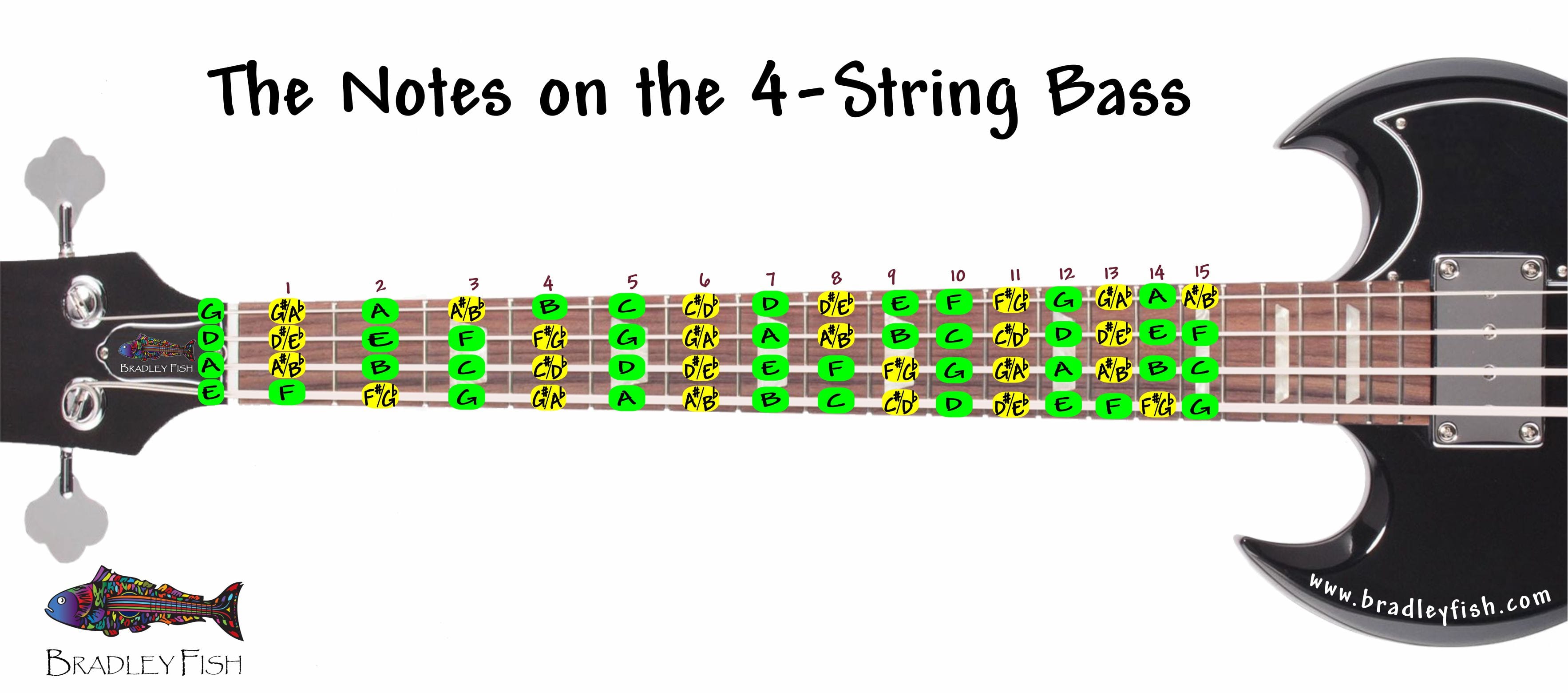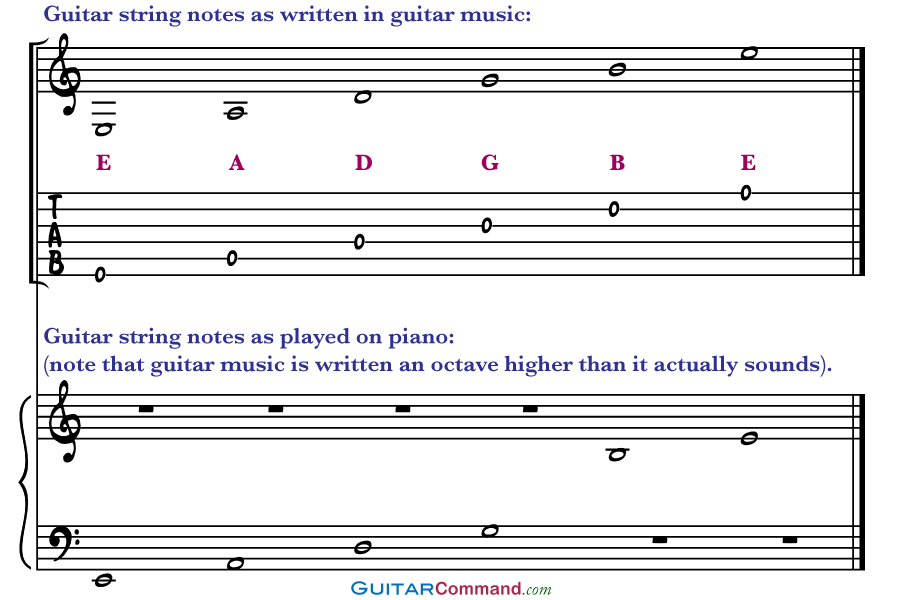

Open D which is from low to high D A D A D D.In DADGAD, it becomes easier to produce exotic world sounds, like Kashmir by Led Zeppelin. Strumming all the open strings together produces a G chord and is popular among blues players for slide guitar work. Open G which is from low to high D G D G B D.Other popular alternate tunings for experimentation include: For each alternate tuning used, consider which fretted notes change and why. This will apply to every string in every alternate tuning.

In Drop D, the low D string produces E at the second fret, F at the third fret and so on. Robbie Krieger of the Doors used this tuning to great effect on The End. One very popular alternate tuning is drop D, which is from low to high D A D G B E. Jimi Hendrix, Stevie Ray Vaughn, and Toni Iommi were known to tune the entire guitar down a half step or more to get a different feel or heavier sound. Guitarists from Big Bill Broonzy and Keith Richards to Neil Young and Joni Mitchell have explored new sounds by simply tuning a string or strings differently than the standard tuning of E A D G B E and have used these alternate tunings to great success.
Once the white key notes have been found, learn the black keys, the sharps and flats. This applies to every unmarked note on the chart. The note on the first fret of the second string is either A# or Bb. The note on the second fret of the sixth string can be called either F# or Gb, as it resides between F and G. The sharps and flats are not marked but can be found quite easily. The notes on this chart are the white keys on the piano, and the musical equivalent of these notes is the C major or A natural minor scale. Some ways to think of and use this chart include: In standard tuning the notes on the low E string start on open E and proceed up through the scale accordingly, the notes on the fifth string start on A and proceed up through the scale accordingly, and so on through each string. The notes simply move up one step at a time on any given string. Each note in the musical alphabet exists on each string as the following chart illustrates. Get in touch with us over at Twitter or the comments section below.The best practice for fretting notes is to place your fretting finger directly behind the fret, not on top of it or too far behind it to always ensure the note rings out clear and true. Your Thoughtsĭo you have ideas, memorization techniques or exercises to share about this topic? In addition to memorization techniques, Buljan outlines a number of different exercises that will help you retain the information. I’d also recommend this fretboard memorization guide by Erik Buljan. Klaus Crow of Guitarhabits outlines a 16-day method for learning the entire fretboard, while Joe Walker of DeftDigits takes you through it in nine days.īoth articles are worth checking out, as they can each be done in less time if you want to move quicker. Other Resources for Learning Guitar Fretboard Notes Remember that the sixth and first strings are both going to be the same since they’re both an open E. If you get stuck, use the octave method to get yourself going again and go through each string several times. Once you’re ready, you can start on the fourth string by counting from the first fret up to the 12th and naming each note as you go. If you decide to go this route, wait until you’re really comfortable with the A and E string notes before you move on. Most people combine the octave method with some raw memorization. Just keep in mind that the sequence of notes will be the same, and different strings will only dictate that you’re starting with a different open note. I’ve created graphics for the fourth, third and second strings, if you prefer to memorize them that way. 
Since the note at the eighth fret is a C you can tell that the note at the tenth fret, on the fourth string, is also a C.Īs Justin goes on to explain, the same thing is true of the root notes on the fifth string, where the octave equivalent can be found on the third string. Thus the note on the third fret, a G, corresponds to the note on the fifth fret which is also a G.Īgain, the same principle can be applied. That means they are exactly one octave apart. These two notes are both the same since the interval between them is 12 semitones (frets). If you skip to the 1:30 point in the video he covers a basic octave shape, which is essentially the following tab:







 0 kommentar(er)
0 kommentar(er)
